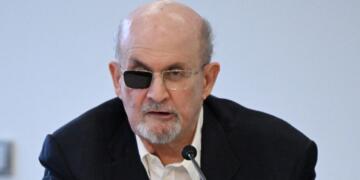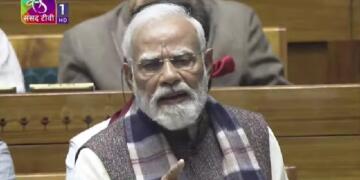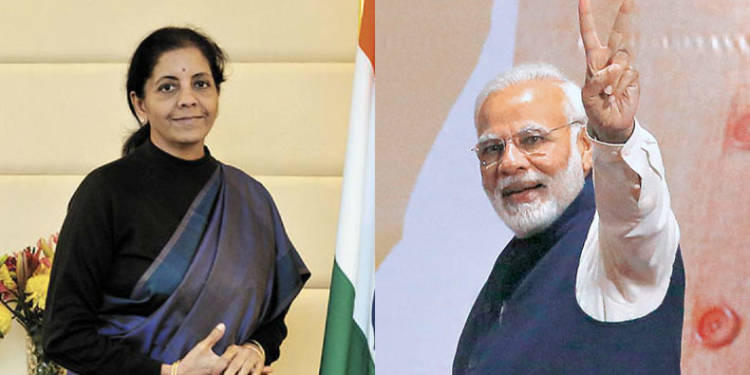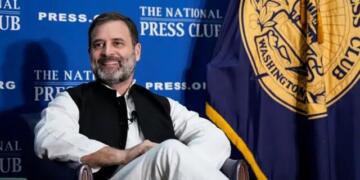India had ‘socialism without entry’ before economic liberalization in the early 1990s. This had a negative impact on the economy and gave the ‘Hindu rate of growth’ to the country. The problem was solved in the early 1990s as the country moved towards a capitalist economy with the advent of economic liberalization.
However, the larger framework of the political economy of the country remained ‘capitalism without exit’. The lack of a proper framework for insolvency amassed huge Non-Performing Assets (NPAs) which hampered the health of the banking sector as well as the growth of the economy. Modi government brought path-breaking policy as an Insolvency and Bankruptcy Code (IBC) to solve capitalism without exit problem.
Non-Performing Assets- a big problem for the country’s financial sector throughout this decade, is being solved through the Modi government’s much appreciated Insolvency and Bankruptcy Code (IBC), as evident in the financial data of the last one and a half year.
As per RBI’s latest report, the gross NPA of all scheduled commercial banks reduced for the first time in 7 years to 9.1 per cent in September 2019, compared 11.2 percent in FY 18. In last one and a half year, the gross NPA declined by almost 2 percentage points.
“The gross NPA ratio of all banks declined in FY19 after rising for seven consecutive years, as recognition of bad loans neared completion,” reads RBI’s report on Trend and Progress of Banking 2018-19.
However, decline in NPAs is not limited to the success of NPA, but also due to haircuts and write-offs to various corporate houses.
IBC was enacted by Modi government almost three years ago, to solve the twin balance sheet problem. The new law successfully resolving the problem of repeated government investment in public sector banks due to capital shortage, as well as went on to punish non performing companies which did not pay back loans, as they were sure that the management of the company will remain with them.
Moreover, India did not have a healthy corporate culture for decades. Previously, governments used to spoon-feed selected established corporate houses through public sector bank loans and if businesses fail, public sector banks which run on taxpayers’ money had to bear losses.
The gross NPA of the country is Rs 10 trillion, equal to 6 percent of the economy of the country or equal to the GDP of West Bengal. India has the second largest share of bad debts in the world with 9.6% NPAs of total loans. Only Italy is ahead of us with 16.4 % of NPAs, while other major countries like the US, China, and Japan have 1.1, 1.7, and 1.3% gross NPAs respectively.
The huge NPAs hurt the lending capacity of banks and credit crunch took a toll on economic growth. The government has to put 2.11 trillion rupees in public sector banks to revive the credit and push capital adequacy to Basel III norms.
However, the pace of resolution under IBC is still slow despite the fact that the law has put a time constraint. “The two major challenges facing the NCLT process are clogged pipelines and the unsuitability of the method for some classes of stressed assets, especially power and small and medium enterprises (SMEs). At current clearance rates, resolving the whole NPA problem could take another six years or so,” wrote former chief economic advisor Arvind Subramanian in his book ‘Of Counsel’: The Challenges of Modi-Jaitley Economy.
The Insolvency and Bankruptcy Code (IBC) is proving to be the most powerful weapon against the NPA problem, even the Economic Survey 2018 mentioned that the new Insolvency and Bankruptcy Code (IBC) was helping to improve the health of banking sector.






























